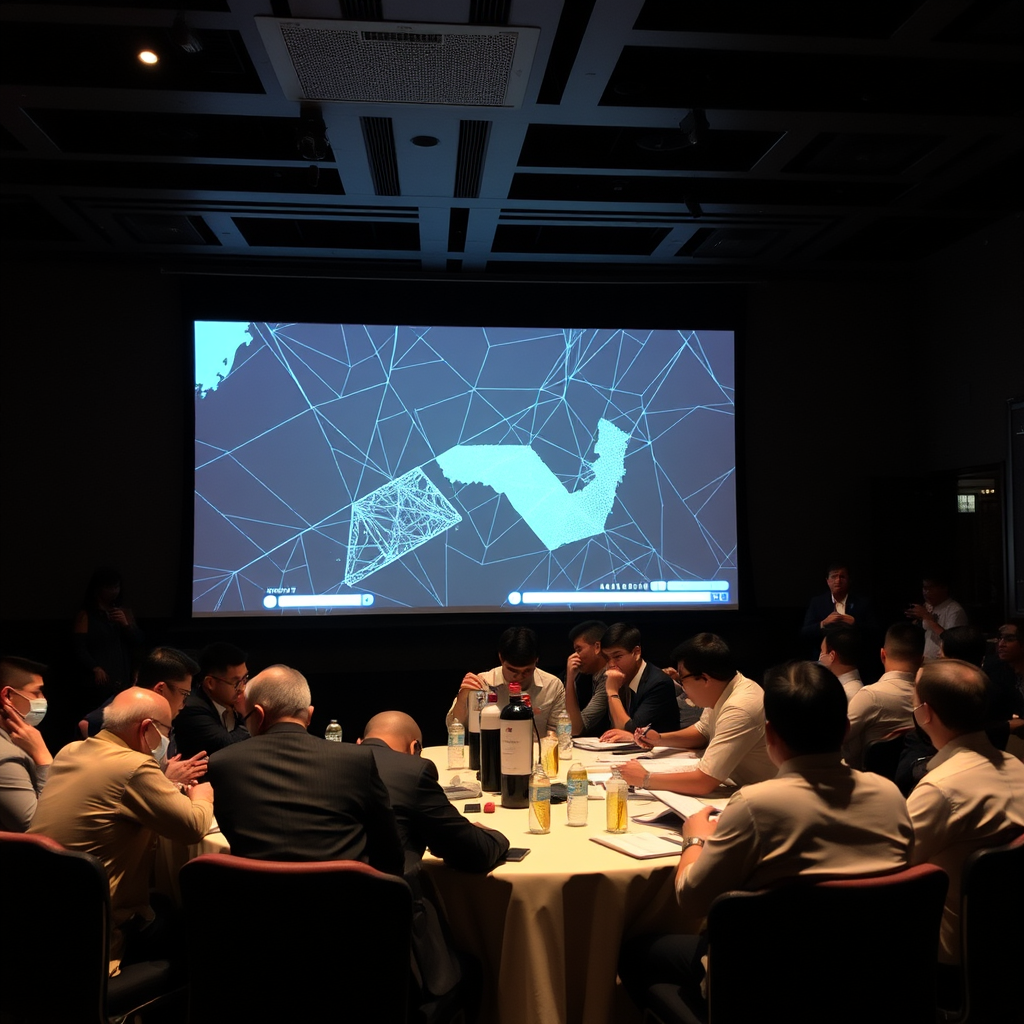Mastering the Art of Networking in the US

Table of Contents
Introduction
Networking is a crucial skill for success in the United States, whether you're building a career, growing a business, or seeking new opportunities. It's about more than just exchanging business cards; it's about building genuine relationships that can lead to mutually beneficial outcomes. Mastering the art of networking involves understanding US cultural norms, preparing effectively, and consistently nurturing your connections.
Understanding US Networking Culture
The US business culture generally values directness, efficiency, and building rapport quickly. Americans often appreciate a confident and enthusiastic approach. Be prepared to clearly articulate your value proposition and demonstrate genuine interest in others. Small talk is an important part of the process, so be ready to engage in light conversation before delving into business matters.
Preparing for Networking Events
Preparation is key to maximizing your networking efforts.
Setting Clear Goals
Before attending any networking event, define your objectives. Are you seeking new clients, potential partners, or industry insights? Having clear goals will help you focus your efforts and measure your success.
Crafting Your Elevator Pitch
Develop a concise and compelling elevator pitch that highlights your skills, experience, and what you bring to the table. Practice delivering it confidently and naturally. It should be engaging and spark interest for further conversation.
Researching Potential Attendees
If possible, find out who will be attending the event and identify individuals you'd like to connect with. Review their LinkedIn profiles or company websites to gain background information and prepare relevant questions.
Effective Networking Strategies
Making the First Move
Don't be afraid to initiate conversations. A simple "Hello, my name is..." followed by a brief introduction is often enough to break the ice. A genuine smile and open body language can also help you appear approachable.
Active Listening and Engagement
Networking is a two-way street. Focus on listening attentively to what others have to say and asking thoughtful questions. Show genuine interest in their experiences and perspectives. Remember, people love to talk about themselves.
Exchanging Contact Information
Always carry business cards and be prepared to exchange them with new contacts. In today's digital age, you can also connect via LinkedIn or other relevant platforms.
Building and Maintaining Relationships
Following Up After Events
Follow up with new contacts within 24-48 hours after the event. Send a personalized email referencing your conversation and expressing your interest in staying connected. This reinforces your initial interaction and helps solidify the relationship.
Nurturing Your Connections
Networking is an ongoing process. Stay in touch with your contacts by sharing relevant articles, offering assistance, or simply checking in periodically. Building strong relationships takes time and effort, but it can yield significant long-term benefits.
Remember, "A balanced life is a life full of wise choices." This applies to networking as well. Focus on building genuine relationships rather than just collecting contacts.
Avoiding Common Networking Mistakes
Avoid these common pitfalls to make the most of your networking efforts:
- Being overly self-promotional
- Dominating conversations
- Forgetting to follow up
- Not listening actively
- Neglecting existing connections
Digital Networking: LinkedIn and Beyond
Leverage online platforms like LinkedIn to expand your network and connect with professionals in your industry. Actively participate in relevant groups, share valuable content, and engage in meaningful conversations. Remember to personalize your connection requests and follow the same principles of genuine engagement that apply to in-person networking.
Conclusion
Mastering the art of networking in the US requires preparation, cultural awareness, and a genuine commitment to building relationships. By following these strategies and avoiding common mistakes, you can expand your network, create valuable opportunities, and achieve your professional goals.
FAQ
- Q: How do I approach someone I don't know at a networking event?
- A: Start with a friendly greeting and introduce yourself. Ask open-ended questions about their role, company, or interests. Look for common ground to build a conversation.
- Q: What's the best way to follow up after a networking event?
- A: Send a personalized email within 24-48 hours, referencing your conversation and expressing your interest in staying connected. Share a relevant article or offer assistance if appropriate.
- Q: How often should I reach out to my network?
- A: There's no magic number, but aim for consistent engagement. Share relevant content, offer assistance, or simply check in periodically to stay top-of-mind.
- Q: What if I'm introverted and find networking intimidating?
- A: Start small. Focus on making a few meaningful connections rather than trying to meet everyone in the room. Prepare conversation starters in advance, and remember that listening is just as valuable as talking.


Comments
Post a Comment